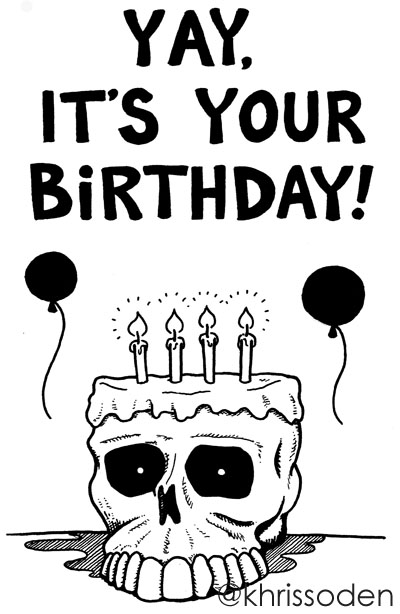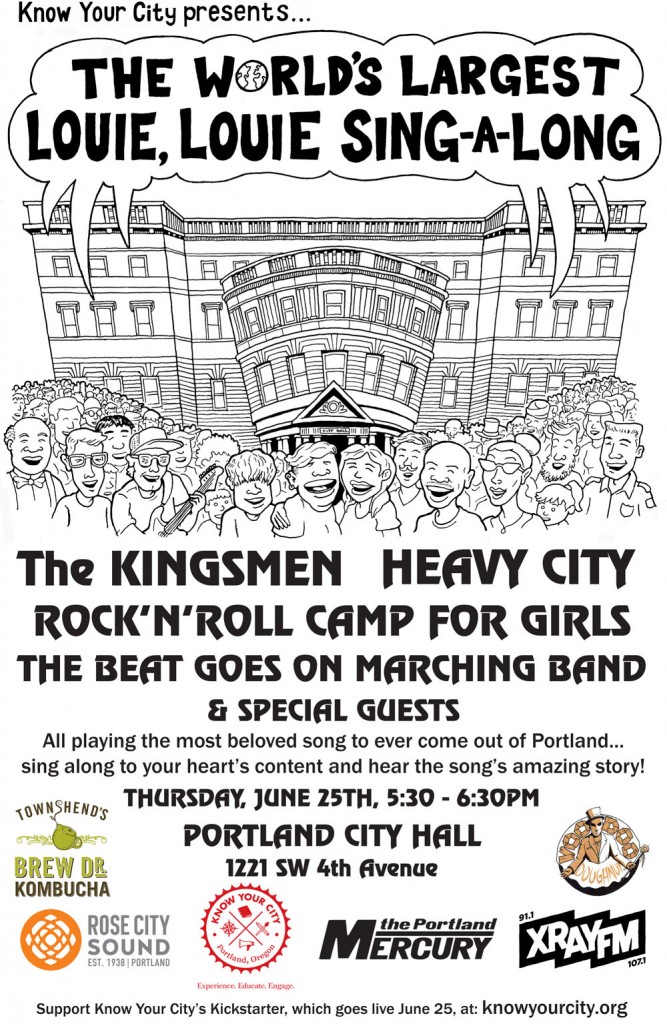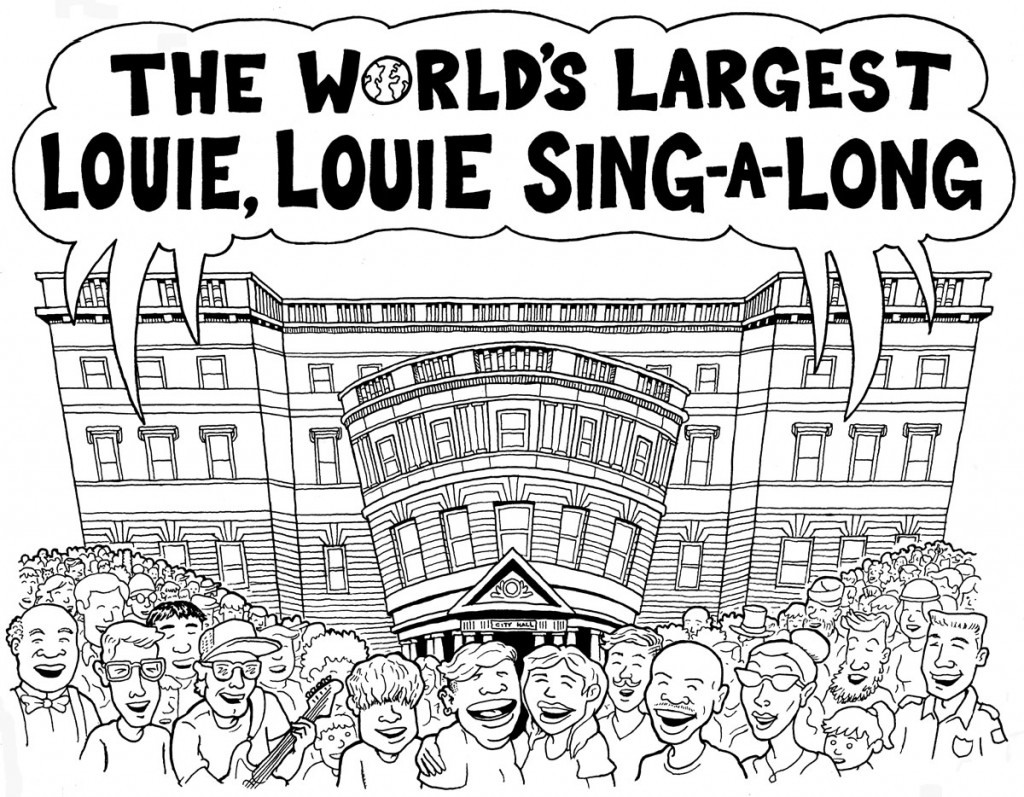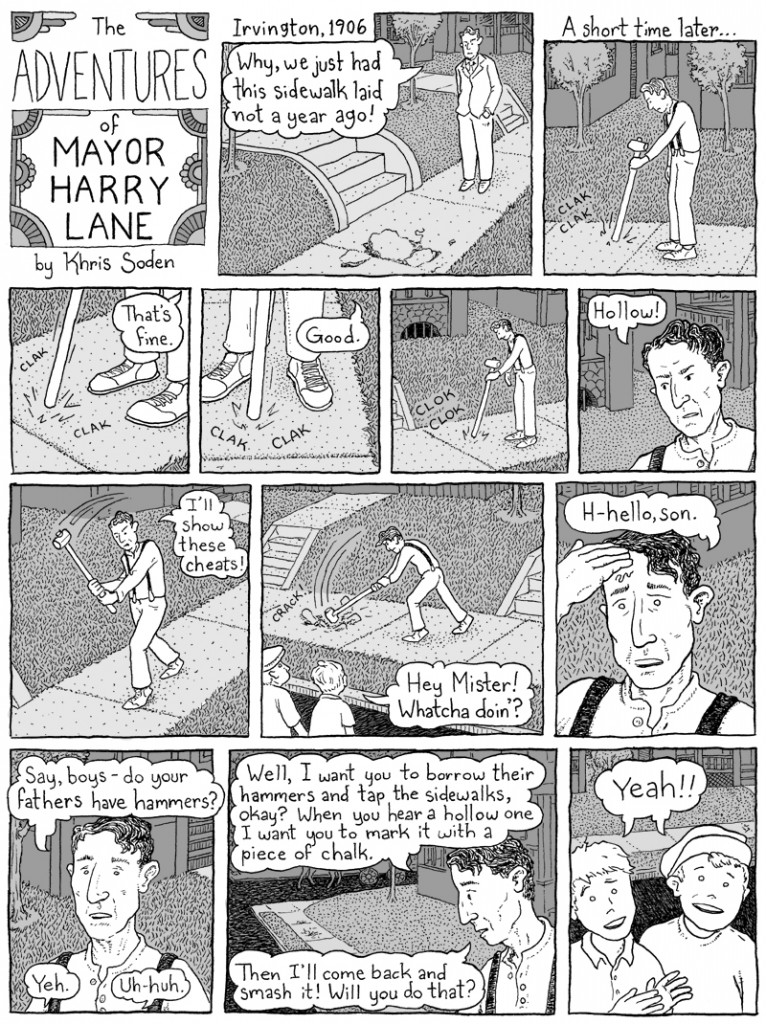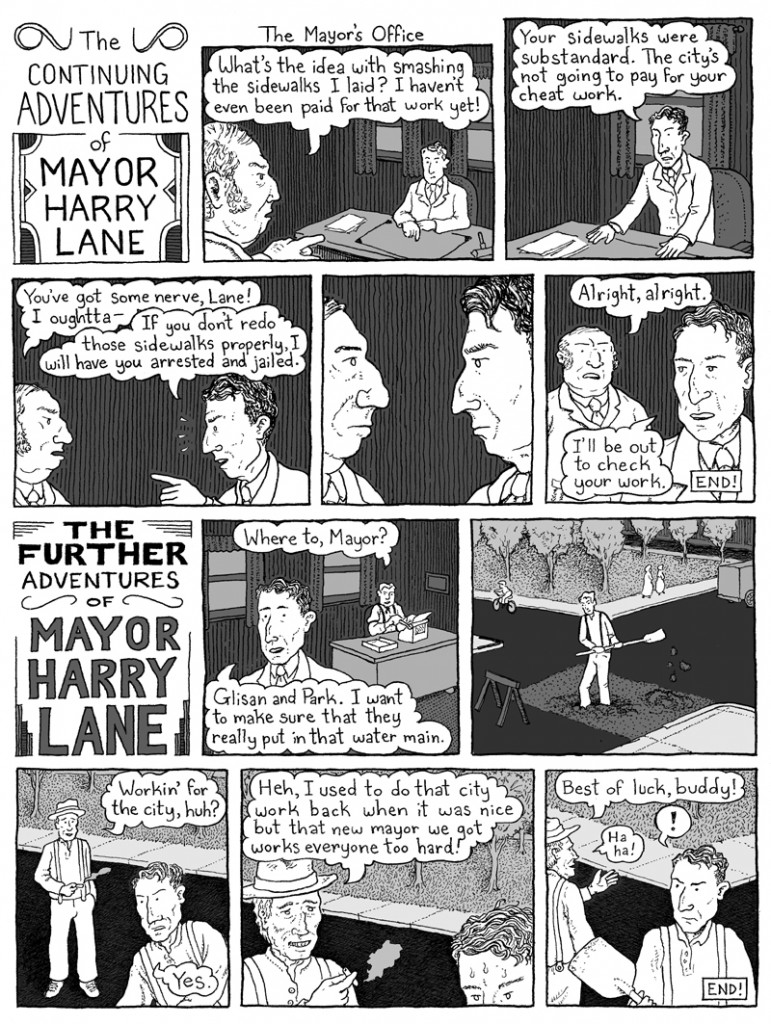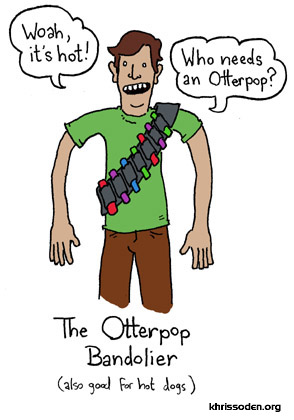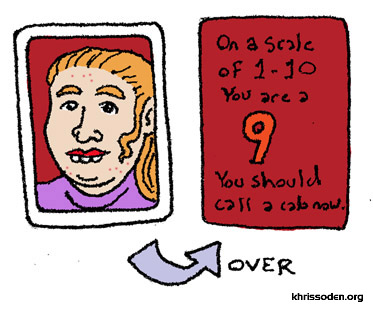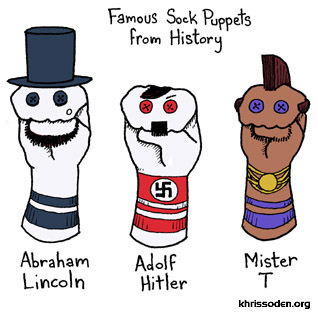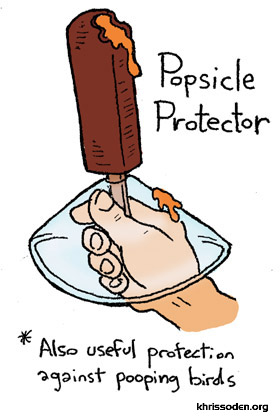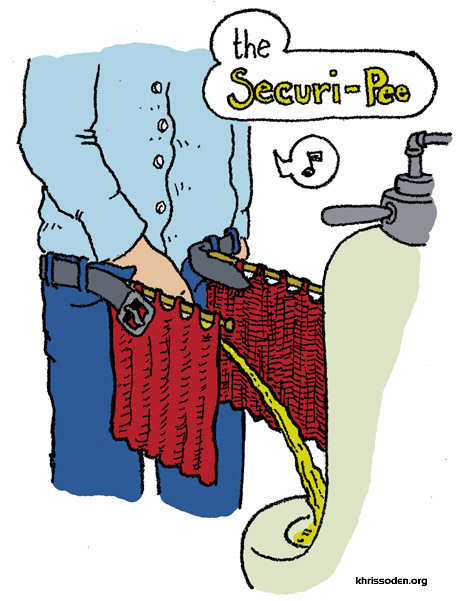tl;dr: It was a protest, not a riot. Don’t break windows. Not everybody can walk around, but do it if you are able to and feel safe doing it.
Yesterday after work I walked for a little over eight miles before I came home. For a very short bit of that walk, I joined last night’s protest. So I’m going to write a little bit about the protest, and a little bit about walking.
I was part of the protest for less than fifteen minutes, just during a short time as it crept along SE Grand. It was the biggest protest that I’d seen in town since the start of the Iraq war 13 years ago. I wanted to stay longer, but I was there without anyone else I knew and my nervousness around crowds of people sent me on my way. At home, I followed along Twitter and various livestreams.
There were the usual knucklehead “anarchists” that are just young white men that enjoy spray painting and smashing stuff. I put “anarchist” in quotes, because anarchy is a legitimate political philosophy that I think these guys are probably anathema to? Anyway, they’re the fringes of every protest that ever happens in Portland and while I seriously doubt they’re false flag-type plants, they’re extremely counterproductive to the overall goals of protests. They make for great photos and videos for the TV news where people at home who are angry that people are protesting, or that protestors exist, or that protesters create traffic can point their fingers at the TV and scold,”Shame!” There is not a lot of nuance in the image of someone smashing a windshield and that becomes a convenient avatar for someone’s idea of a thing they don’t like.
But like I said, these types are the very fringe of a protest – a couple dozen out of an estimated four or five thousand. So it was a little weird when the Portland Police Bureau tweeted this out a little before 9pm:
Due to extensive criminal and dangerous behavior, protest is now considered a riot. Crowd has been advised.
— Portland Police (@PortlandPolice) November 11, 2016
So now the whole protest was deemed a riot. “Riot” implies, at least to me, total chaos and that was not happening to the bulk of the protest. For the rest of the night, the protest in all its forms was called a riot. I don’t mean to downplay the ugly scenes that happened on NE Broadway and in the Pearl, but I felt that using the word riot was an intentional political choice, a conscious decision. Our current police chief is a former police spokesperson thus knows the importance of language. By calling the whole group a riot, this allowed the police to use different tactics, but also put the whole protest in a different frame of reference.
My concern was that the word riot would be latched on to by the media, particularly the national media, and that’s what happened. So now instead of a peaceful protest (a phrase that became a popular chant for the rest of the night), there was now rioting in the streets. In the morning, the national news on the radio was reporting that there had been a riot in Portland, and that’s now how the night will be remembered. It gives our new President-Elect a nice talking point should he want to use it. Kidding, right? Of course, Donald Trump is not going to exploit a more complicated narrative to work it towards his favor. I mean, he’ll be more nuanced, right?
Anyway, there was a bunch of damage that happened, and Portland’s Resistance, the organizers of the protest, put up a GoFundMe page to help out the affected businesses. I kicked in $10 to help out.
So: walking. As I mentioned, I walked around a lot last night. I walk around a lot in general. It helps relieve my stress, it is my own little protest against car culture and environmental destruction, and it is something that is a privilege to me as an abled white male. I want to talk a bit about these last two things, starting with walking as a privilege.
The act of walking is a basic function of everyone that has full mobility. It is a simple practice, and the primary method of locomotion throughout the bulk of human history. But it is not safe for everyone. Women are exposed to harassment walking down the street in broad daylight and who knows what imaginable horrors at night. When I think about it (and here’s a thing about privilege: I don’t have to think about it), for my entire life women have been discouraged from walking at night. “If you have to walk at night, walk with a friend.” A fundamental act has been identified as a dangerous practice – something to avoid if at all possible and certainly not something that you could possibly enjoy. And being a person of color on the street opens you up to harassment, but also subjects you to inherit bias. At least one study has shown that drivers are less likely to stop for African-Americans pedestrians than white pedestrians. Long before that study had come out, I’d seen it countless times in my real day-to-day experience: a driver might slow down to let me cross the street, but speed up and cut off the black person trying to cross right behind me. Spend enough time walking around downtown Portland, and you can witness it yourself. This has been the case in Obama’s America, and I have a feeling that it’s not going to change during Trump’s America.
This could be my own projections, but the day after the election, I saw a lot of women walking who looked more guarded than usual. I’ve read those anecdotes of street harassment including “grab her by the pussy” type exclamations or “jokes”. I haven’t seen any of it personally, but it doesn’t seem unrealistic.
Here’s my suggestion to men walking: when approaching a woman, give her sidewalk space! A good sidewalk can fit three people abreast, so walk towards the edge of the sidewalk. It is really not a hard thing to not invade someone’s space. And if you’re a fast walker, like me, be careful about over-taking women on the sidewalk. Make some noise that let’s a person know that you’re coming up behind them: it sucks for anyone to be surprised by anyone walking behind them, especially when they don’t know what that person’s intentions are.
So, my final thing: walking as protest. By not using a car when possible, I’m not burning gas, I’m not creating significant traffic, and I am not treating operating heavy machinery as a day-to-day tool. A lot of you who might read this drive as your main mode of transportation, and that’s fine. It’s your choice or need. Like I said, I have the privilege of walking, and not everybody does. Our system is built around the idea that person needs to drive, and that’s what I’m protesting – not that you have to use your car to get around. By walking as my main mode of travel, I also hope to help normalize it – to make people see that it’s aware as a possibility. But here’s a very realistic thing: my personal protest might have no effect on a single other human building.
Acknowledging the futility of walking as protest is something that is important for me to recognize, but I feel like its something important to think about. Any individual protest action might not have an affect on anybody. Our individual actions might not have a significant effect on influencing anything or anyone else. But that doesn’t mean that we shouldn’t do it, because it does have some effect, if nothing else but to give you a little hope. I’ve got a lot more thoughts on this idea, but I think maybe it needs to wait for a different post.
